Moments of surprise in the latest collaborative article by The London Group members.
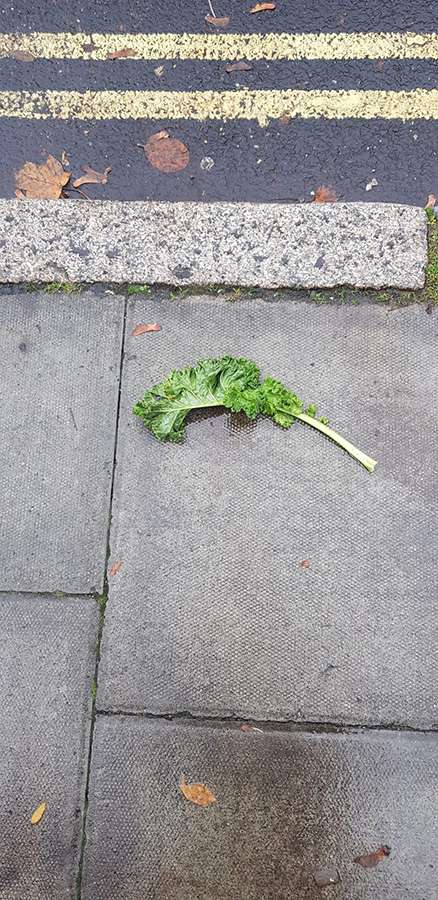
Surprise
Visual Surprise in the Creative Eye
In the Perception of the ‘Ill Matched ‘the Forced Marriage of Objects Images Marks Colours Words Speech Notes Sounds Speeds Actions n’ Titles of Contrast
Surprise is Alive n’ Integral in the Creative Act
In the Segue from Idea Emotion Narrative or Observation and the Physical Manifestation through the Making Process
Alive and Crawling within the Serendipity of Illicit Visual Encounters
Through a Doorway where the Magical Energy of Process Enters the Unexpected
Where the Unmask Physical Material is Exposed
Flaunting it’s Personality in Unintended Uncontrolled Relationships
In the Unusual the ‘Out of Place’ the Paradoxical the Oxymoron the Ridiculous the Bazaar the Confrontational the Rude the Offensive the Horrid the Extreme the Beautiful the Abhorrent the Supreme n’ the Nuances
Clive Burton LG, Dec 2023
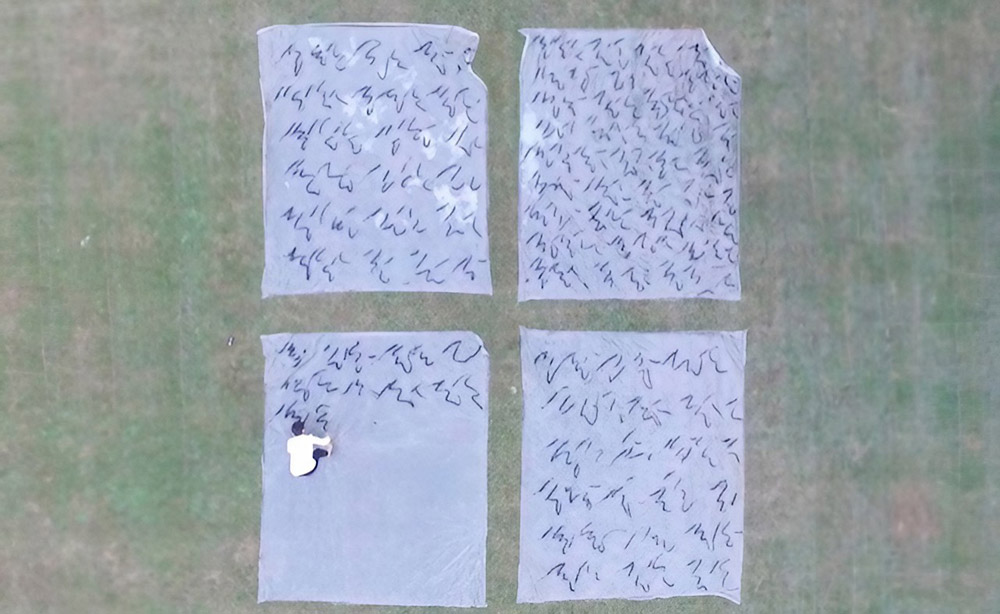
Surprise has a very important place in my work and I happily invite it.
it is the ingredient which enriches the work, the game that makes research exciting, the pleasure of navigating the unknown that makes you search and try things again and again.
It is the unexpected gift that arrives in the middle of the work and the freedom to change direction and add on to the initial idea.
For example
1) insects drawing
A few years ago I was painting abstract writing on large plastic sheets on the grass for an installation. As the Indian ink was not dry enough to put everything away in the evening, I left everything on the grass overnight. At dawn the next morning, the insects had traced little lines between the paint marks as they moved through the morning dew. Surprise collaboration which came to enrich the work and create a new direction to the work which also became a photographic series…
Anne Leigniel LG
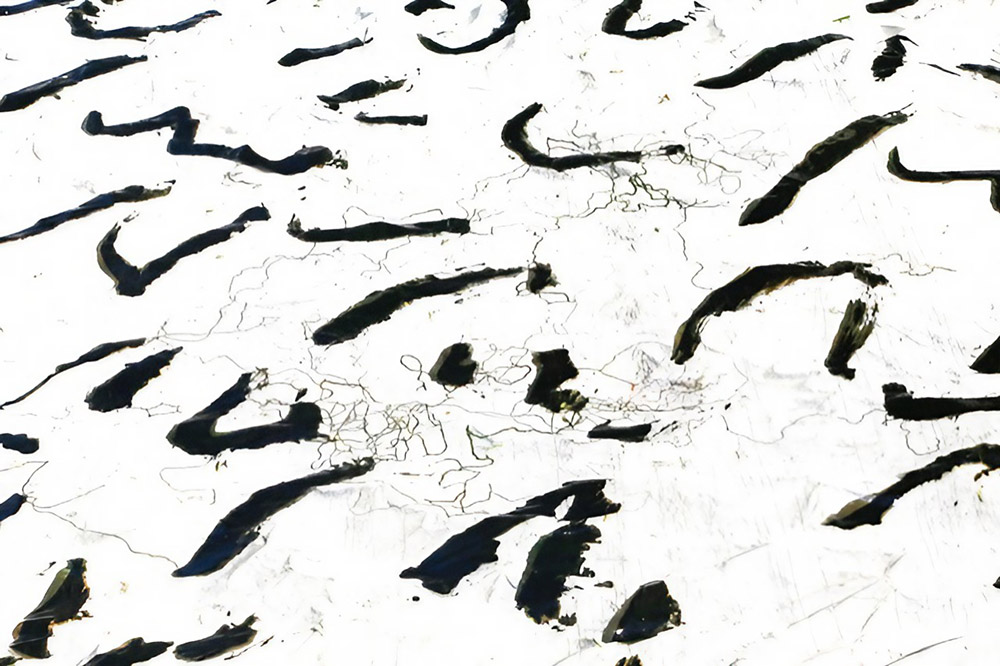
If, when making something, it doesn’t surprise you, take you unawares, make you stop, turn around and walk back to look again then why bother? In the studio there is a state of flux, of change and sometimes if you’re lucky, reinvention. The delight is in those moments, that surprise!
The catalogue for the current Philip Guston show at the Tate contains the following quote, “I believe it was John Cage who once told me, ‘When you start working, everybody is in your studio – the past, your friends, enemies, the art world, and above all, your own ideas – all are there. But as you continue painting, they start leaving, one by one, and you are left completely alone. Then, if you’re lucky, even you leave’.
It’s all very mid-20th century American Zen I know, but nonetheless there is something in it. I would add, when you leave is when there is that flash, that moment of suspension, that SURPRISE!
Ian Parker LG
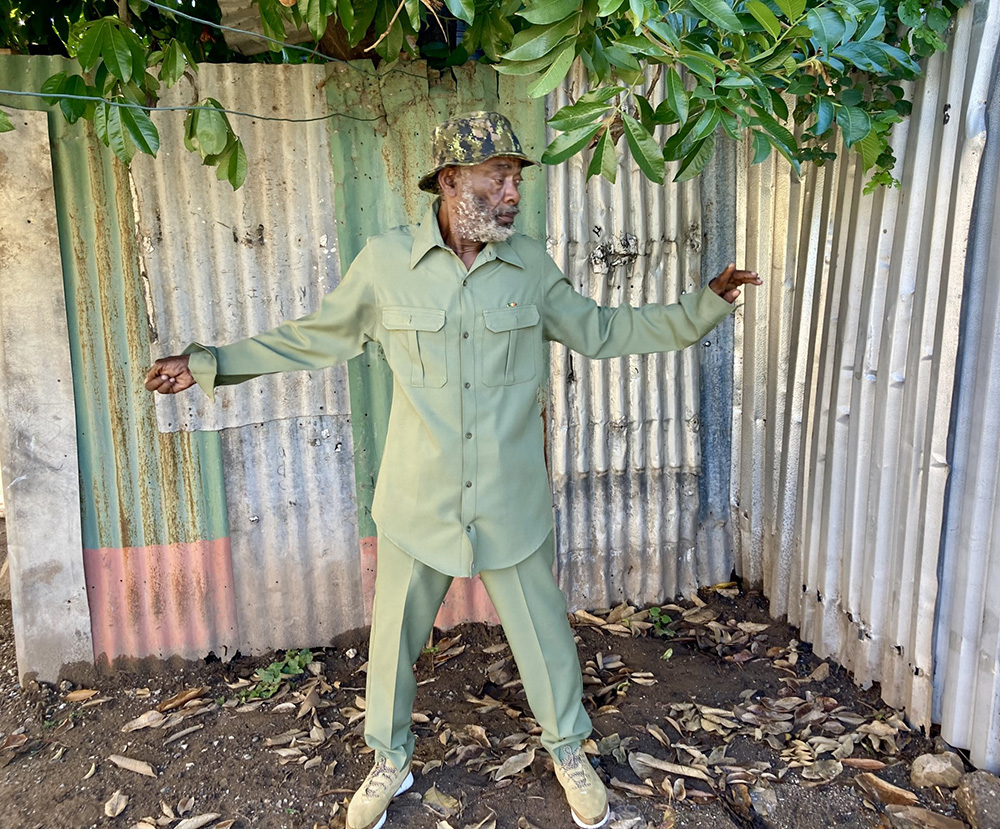
A wonderful surprise occurred a couple of weeks ago in Trench Town when I was asked by the great, great Jamaican recording artist and producer Tappa Zukie (previously known as Tapper Zukie) to take publicity shots of him for the music festival Rebel Salute. I had only taken snap shots of him before and was so daunted that I barely slept the night before. However, Tappa is such a professional, co-operative person that we had a smooth, fun morning and were both pleased with the results.
Charlotte C Mortensson LG
Instagram: @curate_ccebm
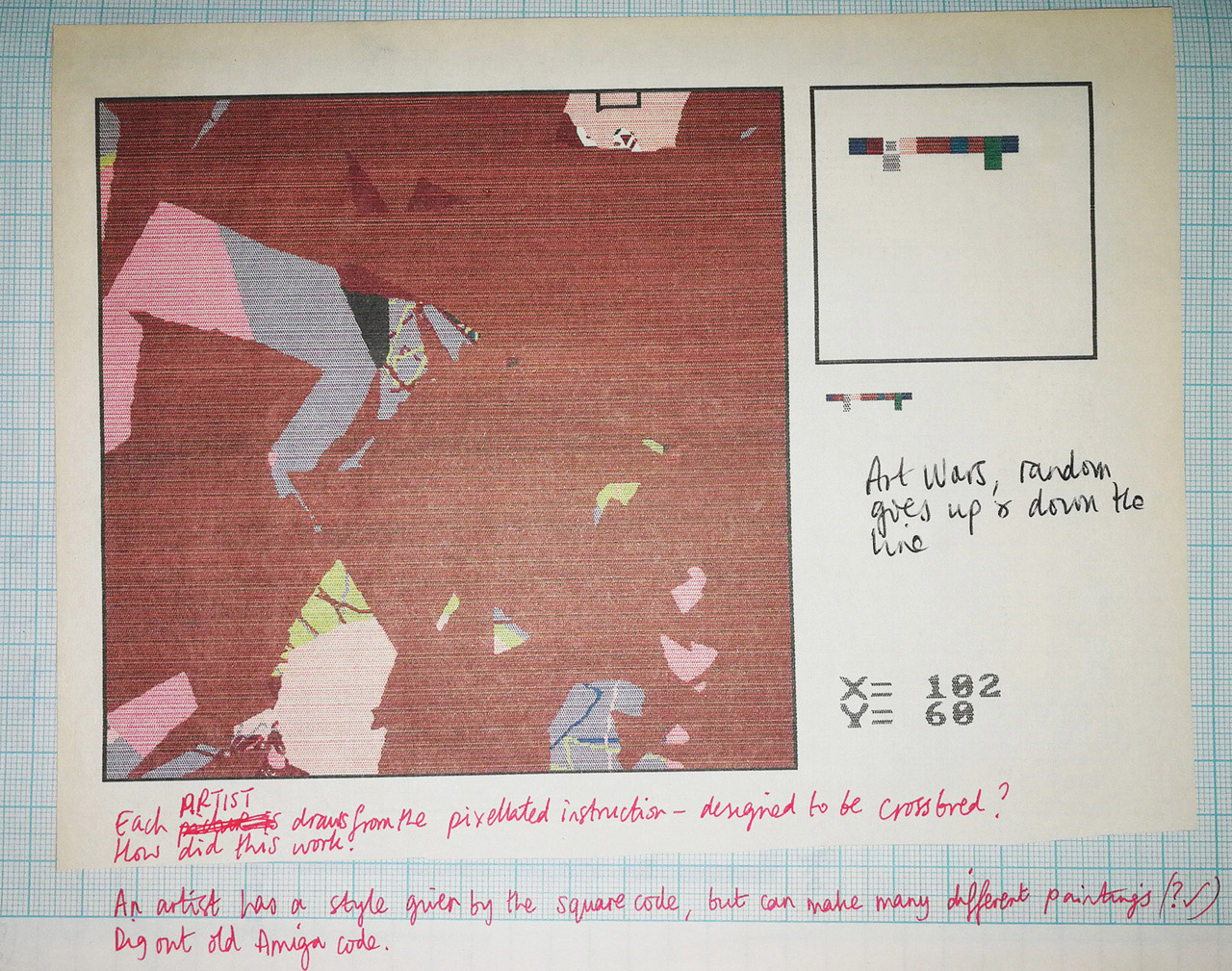
One of the reasons I began to use computers was that I had become sick of my own artistic style. Bored of my own brush strokes and pencil lines. I wanted to use the algorithmic, random and emergent possibilities of programming to surprise myself – to create something I hadn’t seen before. Some of the earliest computer programs I wrote were abstract art-making machines, which would fill the screen with random shapes and colours.
Later on with my partner Nicola Schauerman as Genetic Moo, we decided to specialise in interactive art. This was again driven by the desire to see something new. We put lots of computers, projectors and webcams together in a room. The artworks interact with each other creating feedback loops and then we throw the audience in the middle as a further randomising element. We know the type of things people do in such spaces, but the outcomes often manage to surprise us.
Tim Pickup, Genetic Moo LG
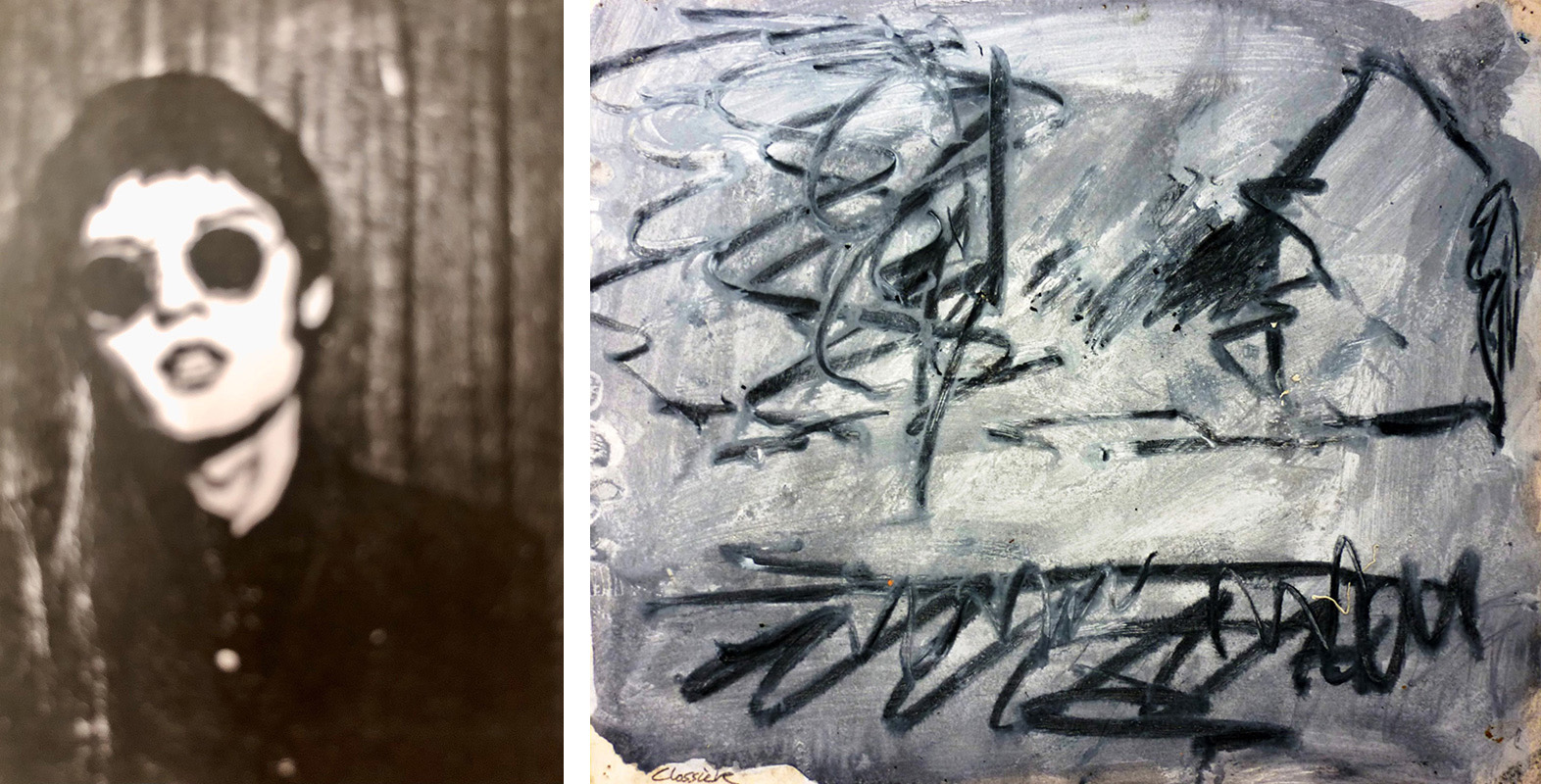
My Surprise
A Critic wrote that Peter Clossick is one of those painters who found the direction of their art early on, a revelatory moment on Hampstead Heath one evening after a day drawing in a shoe design studio in Mayfair, when, quote, “looking at a tree and feeling the world, people, the wind, I knew I could draw it as I designed, in a cliched way. But I wanted to draw as I experienced. Which was different and the existential question then became how do I approach this thinking and feeling, which became a tactile reaching out into haptic contact. It was my first surprising insight.”
Peter Clossick PPLG
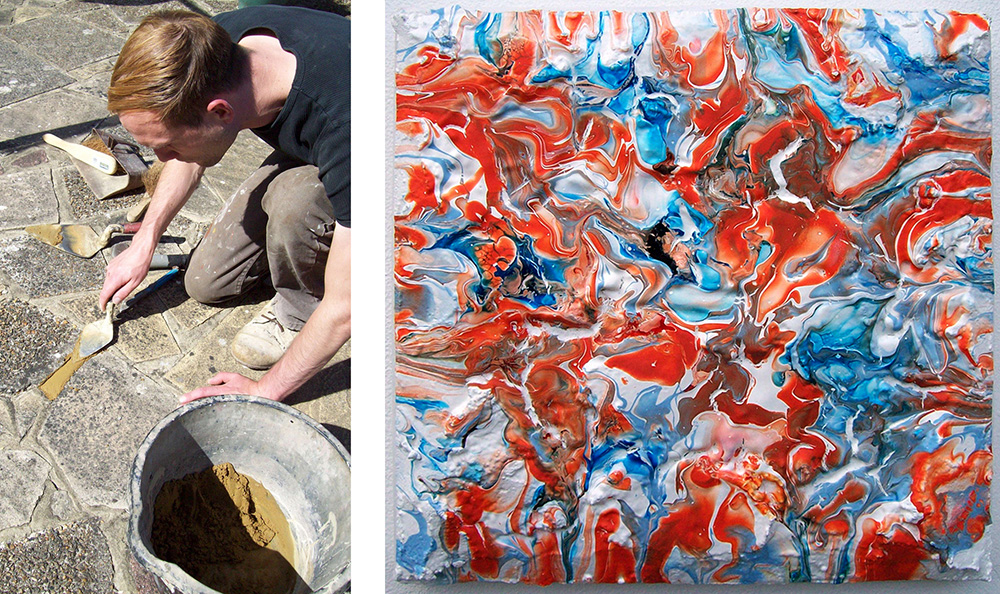
What is the meaning of a surprise? – It could be an unexpected event. A surprise could create feelings of amazement and wonder. It could be an act of taking someone unawares.
I like to try and bring all these meanings of surprise into my artwork. For example, I want my art to be unique, so I have created techniques and styles, which are discovered through experimentation and surprise. I achieve this by constantly thinking about the potential of a building material and how I might incorporate it into an artwork. When I am in my studio, my actions are based on a combination of rules and spontaneity, inspiring a shift in me and the work I carry out. One minute, I am in the mode of a builder where I must follow meticulous and calculated actions. The next minute, I am free-flowing, integrating random actions into the materials that I am working with.
Chris Horner LG
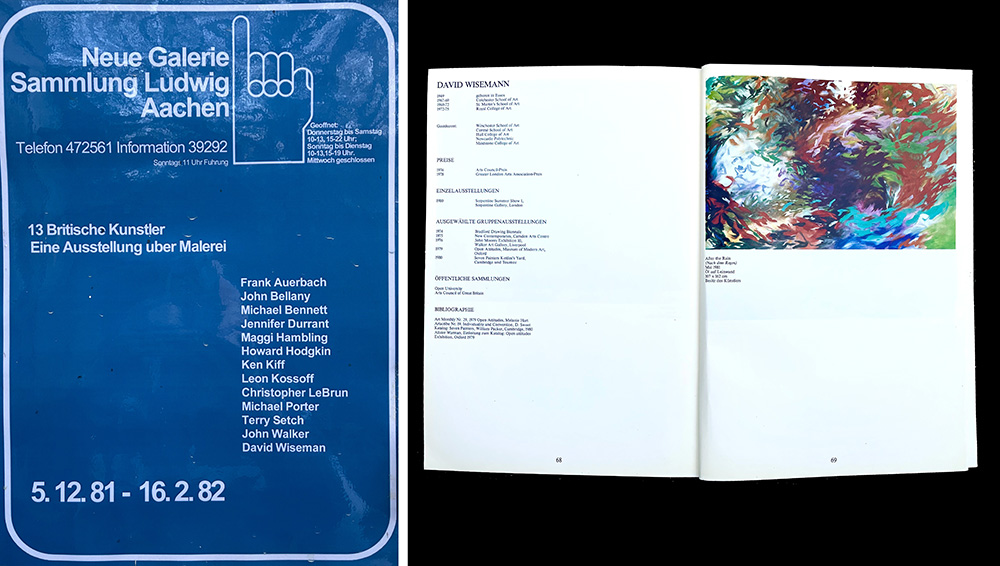
“Surprise”
The life of an artist is one of many twists and turns, highs and lows. A great early high and big surprise came for me as a young artist in 1979. At the time I was sharing a studio in central London with my still great friend Graham Crowley, recent winner of the John Moore’s Painting Prize. At the time Graham was exhibiting much more than me and Dr Wolfgang Becker, the curator of a major British Council touring exhibition in Germany came to see Graham. He also popped into my part of the studio and we had a friendly chat about my work. I thought no more of this until a couple of weeks later to my great surprise and excitement a letter arrived inviting me to exhibit alongside many important artists including Auerbach, Kossoff, Hodgkin, Bellany, Hambling etc. in the exhibition in Germany. I was the youngest artist in the show and it was a real privilege to be part of it.
David Wiseman LG
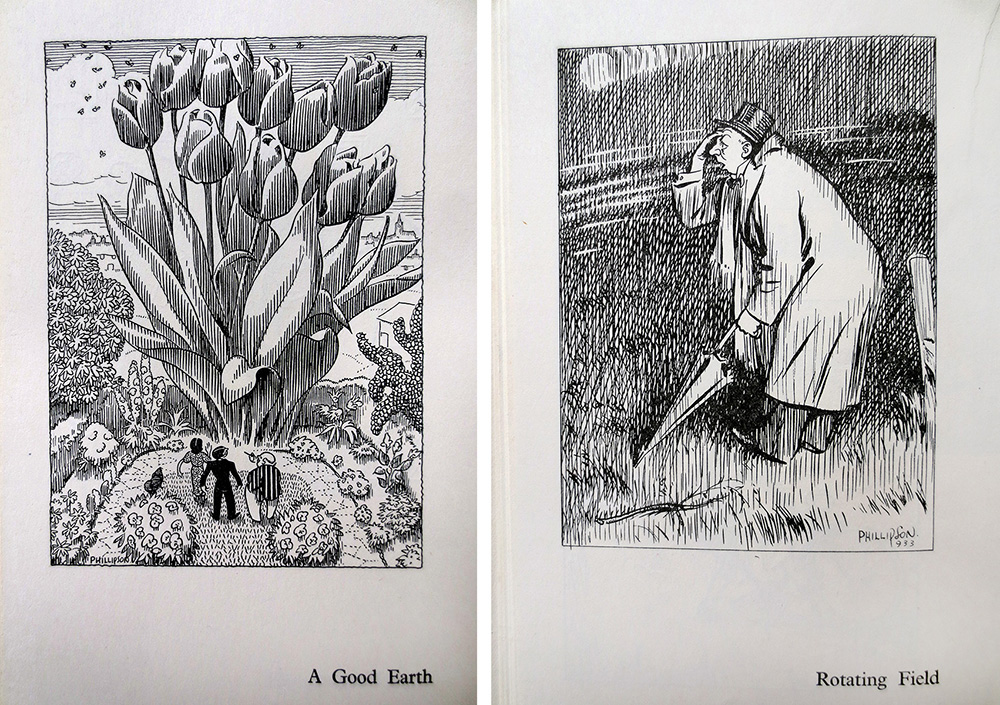
Confounding Salty Surprises
I was six, or thereabouts, in the kitchen as my mother was cooking. On the tiny work surface among sundry unmemorables (promise of a dish to come) a blue cardboard packet (portrait mode) caught my eyes. Set against the blue background was an image of a white cascade tumbling down, top left to towards bottom right. Across this image two texts, also in white, were stamped. In large print at the top were the words ‘SAXA SALT’. But a secondary sub-text, imitating the cascade’s flow, also tumbled down:
FREE RUNNING NEVER CAKES
Though an avid cake fan, I was completely thrown by these ‘NEVER CAKES’. I had never heard of, let alone tasted, a ‘never cake’, free running or whatever. Interrupted, Marjorie explained that the sub-text was a promise to customers about Saxa Salt’s uncloggable quality. I was undone, thrown into meaning’s, reliable common sense’s, language’s, abyss. Here was a noun pretending to be a verb. I was lost, adrift, with no way back to the assumed firm ground where words surely stood for things, qualities, and places one could confidently recognise and wander around. But the image-text on the rectangular packet’s blue infinity was, like the pied piper, brazenly playing with me, withdrawing me unbeknownst towards art’s delirious cave-beyond where anything – the tragi-comic – could be drawn out, written in, to perform its unruly mysteries.
I had already been pulled towards the attractions of the tragi-comic by my Dad’s humorous ways of combining drawings and words in his many letters to me.1 Some years earlier, working in the publicity department of a large electrical switch-gear company, he had produced a stream of humorous drawings of switchgear ‘technical terms’ that were published in the industry’s journal.2 Hovering between ‘cartoons’ and ‘insider’ knowledge, their play on words solely through drawing – calembours visuels – worked their magic by transforming a generalising technical term into an absolutely specific, one-off, drawing from an elsewhere unbeknownst. A surprising art-uprising…
Here are two such ‘technical terms’ – ‘A Good Earth’ and ‘Rotating Field’
1 See ‘Letters to Michael’, Charles Phillipson, Slightly Foxed, 2021.
2 For a selection of these drawings see ‘Sketches From Space’ in Heather Phillipson @ Instagram.
Michael Phillipson LG
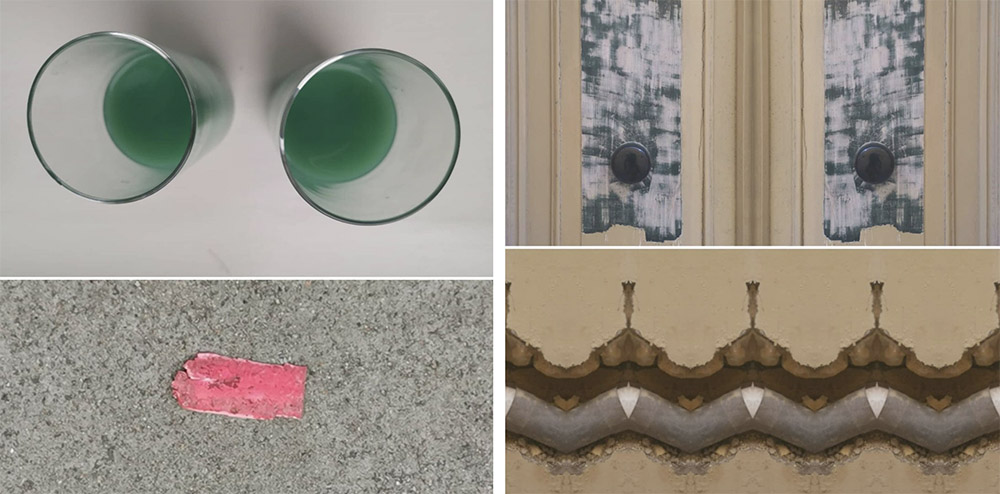
According to the psychologist Silvan Tomkins, our affective drive produces an intense neural stimulation when our interest is triggered. Whilst neurologist Hannah Critchlow states that in every species neural pathways are hardwired to seek reward because the feeling of pleasure it produces motivates us to act.
It is my understanding that working intuitively is addictive because moments of surprise result in an intense feeling as your interests are stimulated. Once this biological pattern is in place, it repeats, becoming a primary motivation for making to surprise oneself.
Martin Darbyshire LG
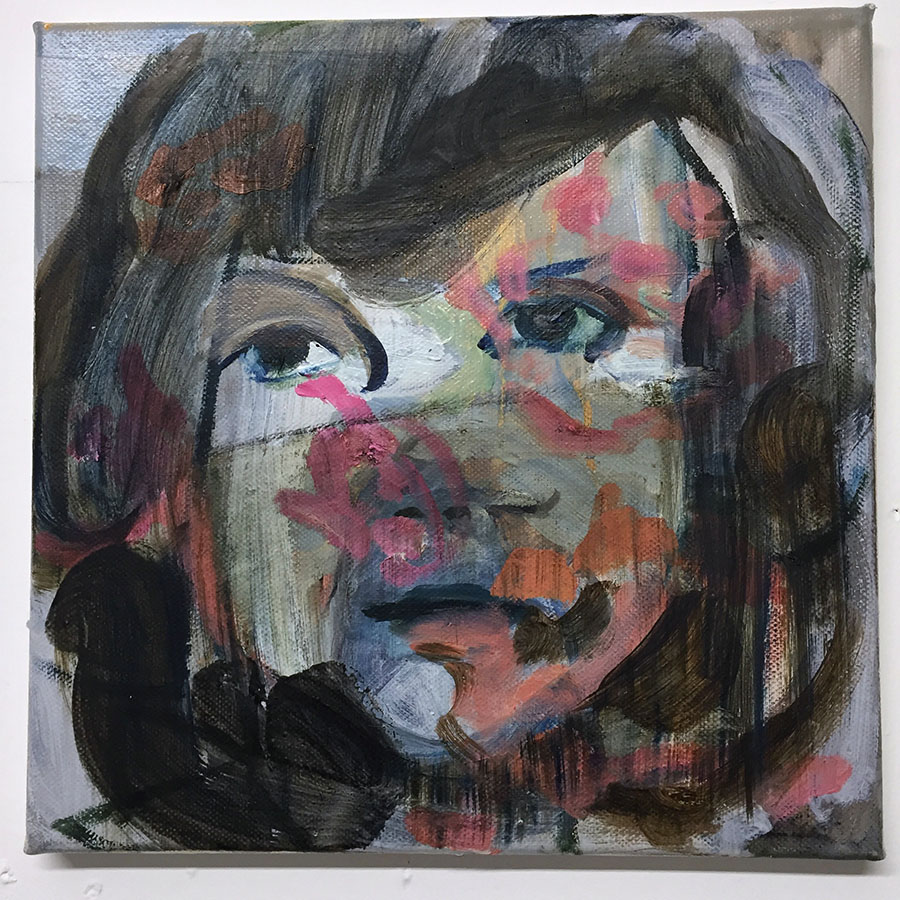
The element of surprise is the force that drives my decision-making.
I usually set up a painting in a thin fast way, and easily fall in love with this first sketchy layer. It’s the temptation of the energetic free brushstroke on a clean surface.
A second or third layer is a completely different story. I work into what I already have. I try to respond. This process can be short or long (and would need a chapter dedicated to itself), but inevitably leads me to frustration and rejection. That what appeared did not surprise me, usually has something to do with the expectation of execution of a figurative image.
Left for a few months, or a few years, I sometimes rediscover. Now I have distance, I’m in a different mood, maybe I see an opening. I get back to the work, maybe with the help of turning the piece upside down. And I paint a layer straight on top. By negating the previous layer and layering it with new energy I sometimes find something completely incidental that works. That feeling of being surprised with what I find is when the painting speaks. It’s given me something I hadn’t seen or felt before. I hadn’t anticipated.
Marenka Gabeler LG
